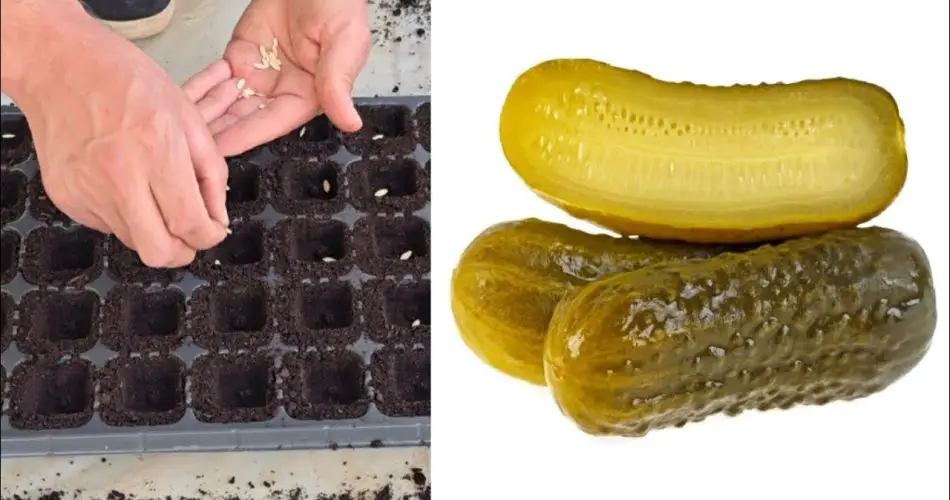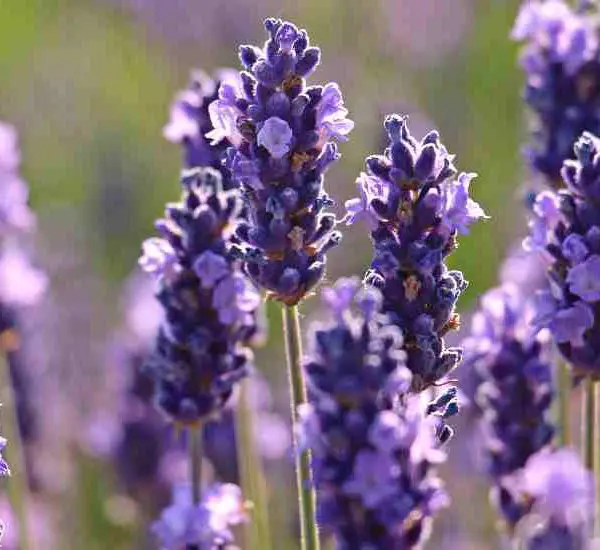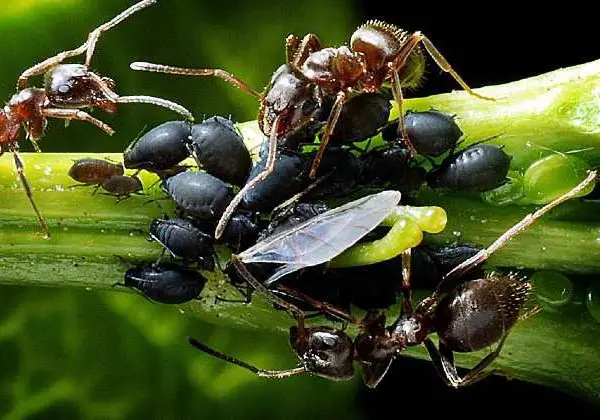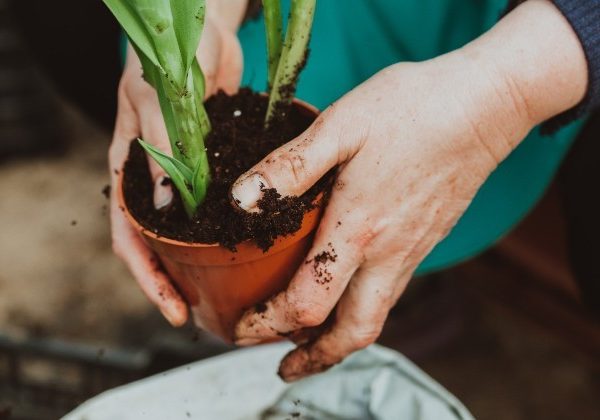Growing cucumbers specifically for pickling is a fun and rewarding gardening project. With the right care and techniques, you can produce crisp, flavorful cucumbers perfect for pickling. Here’s the best way to grow pickled cucumbers from planting to harvest.
1. Choosing the Right Variety
- Pickling Varieties: Opt for varieties bred for pickling, such as Boston Pickling, National Pickling, or Kirby cucumbers. These varieties have firm flesh and are the perfect size for pickling.
2. Starting Seeds Indoors
- Timing: Start seeds indoors 3-4 weeks before the last expected frost.
- Seed Trays: Use seed trays filled with a high-quality seed starting mix.
- Sowing Depth: Sow seeds about 1/2 inch deep.
- Germination Conditions: Keep the soil warm (70-85°F) and consistently moist. Seeds typically germinate in 7-10 days.
3. Transplanting Seedlings
- Hardening Off: Gradually acclimate seedlings to outdoor conditions by exposing them to the elements for a few hours each day over a week.
- Planting Site: Choose a sunny spot with well-draining soil. Cucumbers thrive in full sun.
- Soil Preparation: Enrich the soil with compost or well-rotted manure to provide nutrients and improve drainage.
- Spacing: Space plants 12-18 inches apart in rows 3-4 feet apart.
4. Direct Sowing in the Garden
- Timing: Direct sow seeds in the garden after the last frost when soil temperatures reach at least 60°F.
- Sowing Depth: Plant seeds 1/2 inch deep and cover lightly with soil.
- Thinning: Thin seedlings to the appropriate spacing once they have a few true leaves.
5. Providing Support
- Trellises and Cages: Use trellises or cages to support the cucumber vines. This helps save space, improves air circulation, and keeps the fruit clean.
- Training Vines: Gently train the vines to climb the supports as they grow.
6. Watering and Mulching
- Consistent Moisture: Keep the soil consistently moist but not waterlogged. Water deeply and regularly, especially during dry periods.
- Mulching: Apply a layer of mulch around the plants to retain soil moisture, regulate temperature, and suppress weeds.
7. Fertilizing
- Initial Fertilization: Mix a balanced fertilizer into the soil before planting.
- Ongoing Feeding: Apply a diluted liquid fertilizer every 2-3 weeks to promote healthy growth and fruit development.
8. Pest and Disease Management
- Common Pests: Watch for cucumber beetles, aphids, and spider mites. Use organic pest control methods like neem oil or insecticidal soap if needed.
- Diseases: Prevent fungal diseases by ensuring good air circulation and avoiding overhead watering. Rotate crops yearly to reduce soil-borne diseases.
9. Harvesting Pickling Cucumbers
- Size: Harvest cucumbers when they are 2-4 inches long for pickling. Smaller cucumbers are more tender and have fewer seeds.
- Frequency: Check plants daily and pick cucumbers regularly to encourage continuous production.
10. Preparing Cucumbers for Pickling
- Cleaning: Rinse the cucumbers thoroughly to remove any dirt or debris.
- Prepping: Trim the blossom end to prevent bitterness and soak cucumbers in ice water for a few hours to maintain crispness.
Conclusion
Growing cucumbers for pickling is a straightforward process that yields delicious results. By selecting the right variety, providing proper care, and harvesting at the ideal size, you can enjoy homemade pickles that are crisp and full of flavor. Follow these steps, and you’ll be well on your way to producing the best pickling cucumbers. Happy gardening!
Show Comments



